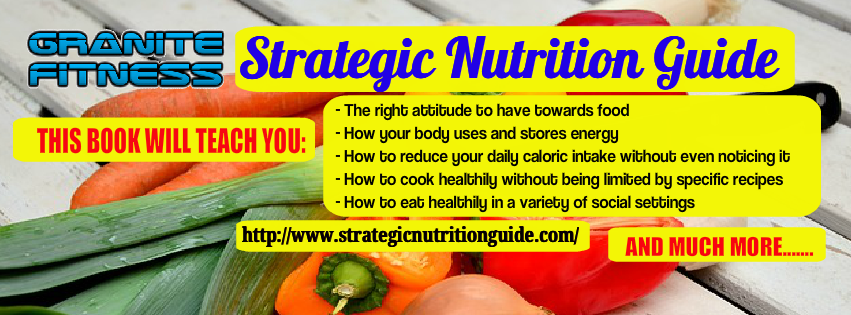The Healthy-ish Foods You Have To Be Cautious About
Time for a roast! No, I’m not talking about your favourite beef or pork pot roast. I’m talking about the traditional American habit of “roasting” others. Of course, this being a health blog, the thing we will roast is food – to a certain extent. Now, this is somewhat unorthodox of this blog, but after all, it’s for your own good.
This post’s topic is about foods that appear to be healthy, or are often clumped with healthy foods, but may not be when taken in excess. As with everything, we’ll start with a disclaimer, and that is that all foods can and should fit into a good diet – it is just a matter of how much of it you can fit. I cover this in more detail in the Strategic Nutrition Guide, which you will be wise to acquire.
We all know that vegetables, fruits, and grains are normally low in fat and have no cholesterol as they are plant-based. By this we mean “firsthand” plant-based, not the kind of “Pigs eat plants so bacon is vegetarian salad” twisted logic. Most are great sources of dietary fibre, complex carbs, and vitamins. The American Heart Association, as well as many other health-based organisations recommends that you eat foods that are high in complex carbs and fibre, which makes sense.
This being said, there are some caveats and things to be aware of. This is like our “buyer-beware” type warning. You see, while vegetables and healthy foods are common and abundant, there are ways that we, as humans, modify it such that it is no longer as healthy as we think it is. Here are some tips for making healthy food choices.
Coconuts and Olives
A fruit and vegetable item respectively, broadly speaking. Fairly typical, isn’t it? Well, yes, but do know that in general, coconut is high in saturated fat, while olives are high in monounsaturated fats and calories. You should use these items sparingly to avoid getting too many calories from fat.
Cook Well
Vegetables and grains are generally healthy. We all agree on that one. However, when vegetable grains are cooked, saturated fat or cholesterol is often added in the form of other foods. For example, egg yolks may be added to bread or even pasta.

Excess Sodium
While we have been focusing on calories, one will be wise to think about sodium levels too. Sodium is part of salt. Processed, canned, or preserved vegetables may contain added sodium, as salt can act as an effective preservative. For some people, too much salt may lead to high blood pressure. There are some food companies that are actually canning vegetables with less salt. You can look for these in the market area or choose fresh and even frozen vegetables.
Be Wary Of Nuts
While healthy as snacks in moderate portions, nuts and seeds tend to be high in calories and fat, although a majority of the fat is polyunsaturated or monounsaturated. There are some varieties, for example macadamia nuts, which are also high in saturated fat.
So then what about the other way round, i.e. Food items that we might be neglecting that could fit right in? Well, we often neglect fibre. Foods that are high in soluble fibre include oat bran, oatmeal, beans, peas, rice bran, barley, and even apple pulp. Don’t forget to include some of those in your regular diet.
Whenever you are looking for healthy food choices, always make sure you read the nutrition label or information about the food. You can then determine what the food contains and how healthy it truly is for your body. By taking your time and making your healthy food choices wisely, you’ll have a lifetime to enjoy the foods that will take care of you, so to speak.
Try these:
Also published on Medium.
Disclaimer: This site still has affiliate links, i.e., we get a commission if you buy from us. However, we removed them as of 2023 :)








